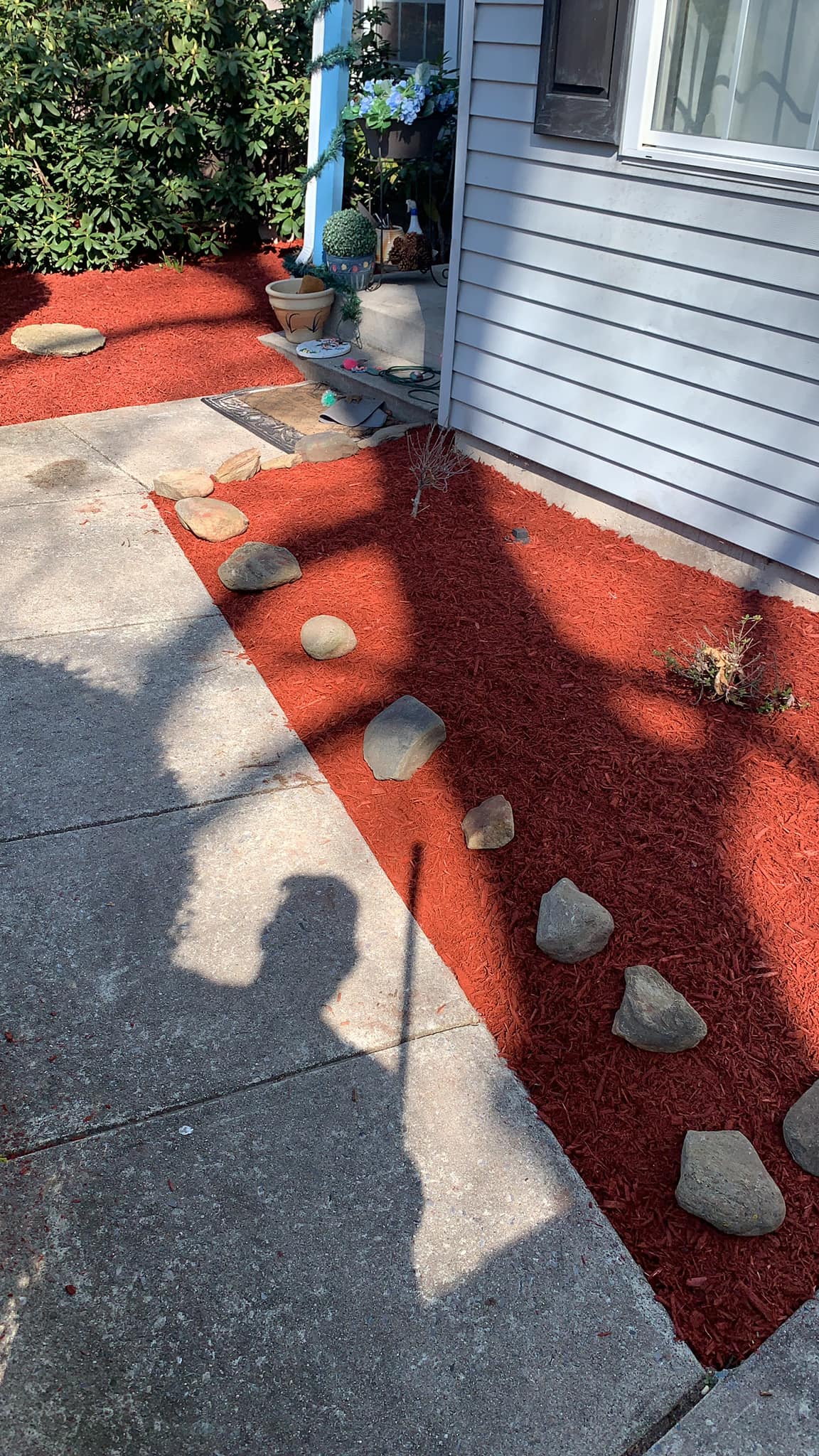
How to Identify and Address Common Tree Diseases Oct 27, 2025
Let's begin by acknowledging why trees might become susceptible to diseases in the first place. Common factors include environmental stress, improper planting, and neglect in regular care. With appropriate knowledge and timely interventions, you can effectively combat these problems and maintain a thriving landscape.
Among the most common tree diseases homeowners encounter is [Powdery Mildew](https://www.extension.umn.edu/garden/yard-garden/trees-shrubs/powdery-mildew-on-trees/). This ubiquitous fungal disease appears as a white or gray powdery coating on leaves, affecting the tree's ability to photosynthesize properly. Often, powdery mildew thrives in overcrowded conditions where air circulation is poor. To address this, ensure your trees are adequately spaced and pruned regularly to allow for better airflow. Applying a fungicide specifically designed for powdery mildew can also be effective in controlling this disease.
Dutch Elm Disease is another notorious issue, primarily affecting elm trees. This fungal disease is spread by bark beetles, and it can swiftly lead to the decline of affected trees if not managed promptly. Symptoms include yellowing and wilting of leaves, often starting from the top of the tree. Fortunately, by opting for disease-resistant tree varieties and employing regular insect control measures, the incidence of Dutch Elm Disease can be considerably reduced. Infected trees may require a professional's intervention, such as Jason's Tree Service, to remove diseased parts or apply preventive treatments.
Oak Wilt is a fatal fungal disease that targets oak trees, causing leaf discoloration, wilting, and eventually death. It spreads through interconnected root systems and, less commonly, by beetles. To manage Oak Wilt, it's vital to prune trees during their dormant season, typically in the winter, when infections are less likely to take hold. Infected trees should also be isolated by creating trench barriers to disrupt the root transmission pathways.
Root Rot poses another significant threat to tree health, often caused by overwatering or poor drainage. Signs of root rot include wilting leaves, discolored bark, and poor growth. To combat this, ensure proper soil conditions by improving drainage and reducing excess moisture around the tree base. Additionally, using raised beds or planting in containers can help prevent this disease in prone environments.
In conclusion, protecting your trees from diseases requires a vigilant and proactive approach. By understanding the signs and symptoms of common tree diseases and implementing preventative measures, you can significantly enhance the longevity and vitality of your trees. For personalized advice and professional treatment options, consider reaching out to Jason's Tree Service. With expertise in tree care and a commitment to customer satisfaction, our team is ready to help you maintain a healthy and beautiful landscape.
Observing and maintaining the health of trees ensures they continue to offer aesthetic and environmental benefits for years to come. Whether you’re tackling an existing problem or taking preventive steps, your attention and care are essential components of successful tree management.
/filters:no_upscale()/media/4836a22b-973a-44c4-ba7e-ecf8653d4367.jpg)
/filters:no_upscale()/filters:format(webp)/media/b3aaf40e-12c6-478a-989f-a23985b2a74a.jpeg)